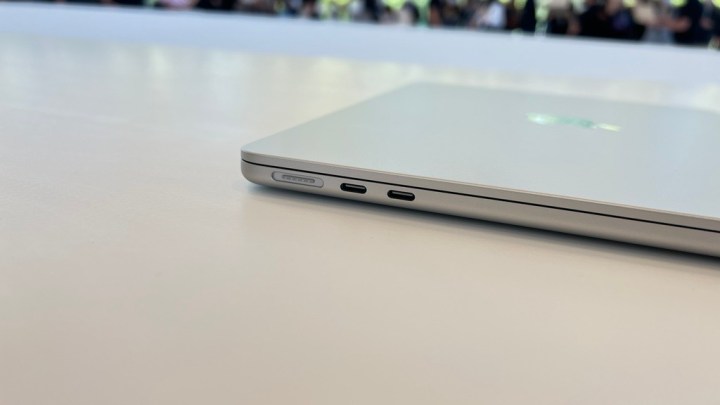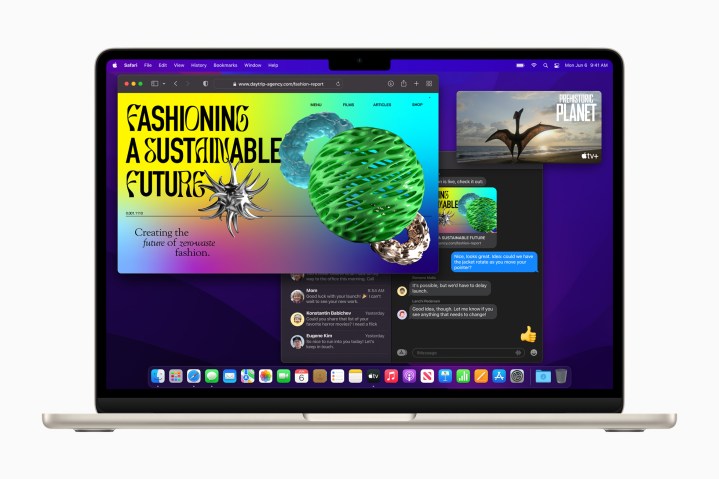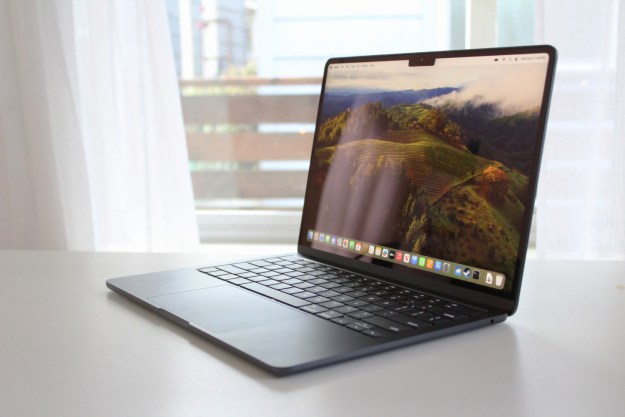The M2 MacBook Air was among the biggest highlights from Apple’s WWDC keynote today. Not only does it feature a brand new design, but it’s also powered by the next-gen M2 chip.
However, for all the improvements M2 is getting from M1, there is still one glaring flaw around its ports.

The M2 MacBooks will still technically be limited to support for just one external monitor with a max resolution of 6K at 60Hz. This was a major pain point for creatives and productivity-minded users when M1 first launched, and apparently, it’s a struggle that will continue with these new devices.
The higher-tier 14-inch and 16-inch MacBook Pros support two external displays with the M1 Pro and up to four with the M1 Max. These machines also include HDMI as an option for external display support.
Of course, that doesn’t mean you are completely without options. You can still use DisplayLink adapters to use a second external display, but it is still not as user-friendly as native support.

That disappointing news aside (along with a few no-show announcements), WWDC was packed with loads of updates and exciting features. Most notably, MacOS Ventura’s Stage Manager feature will make multi-tasking easier on Mac, and the improved power of M2 and Metal 3 should make gaming on the Mac even better.
Of course, the MacBook Air stole the show, at least in the MacOS department. The MacBook Air is Apple’s most popular laptop, and it received a total redesign for the M2 launch. That redesign includes a squared-off chassis (akin to the new iPads and MacBook Pros), a slightly larger display, and even a notch. It is, however, more expensive than the M1 MacBook Air, which is still being sold for its entry-level price.
Editors' Recommendations
- These 6 tweaks take MacBooks from great to nearly perfect
- 5 laptops you should buy instead of the M2 MacBook Air
- The biggest threat to the MacBook this year might come from Apple itself
- Why you should buy a MacBook Pro instead of a MacBook Air
- Which color MacBook should you buy? Here’s how to pick





